Brand Awareness Strategies to Increase Pipeline, Pricing Power, and Profitability
Discover proven brand awareness strategies that shorten sales cycles, increase pricing power, and drive profitability. Data-backed tactics marketing leaders.
October 20, 2025

Most executives think of vanity metrics when they hear “brand awareness strategies.”
Impressions, likes, and followers.
Those soft marketing numbers look good, but don’t impact what matters: revenue, margins, and enterprise value.
When built strategically, brand awareness isn’t a vanity metric. It’s a growth multiplier that shortens sales cycles, supports premium pricing, and compounds profitability over time.
The difference between awareness that drives business results and awareness that burns budget is how you build it and what you measure.
Binet and Field’s study The Long and the Short of It shows a direct correlation between share of voice and share of market. Brands that invest in awareness are recognized more often, capture disproportionate market share, and maintain it, even during economic downturns.
This is how awareness becomes a competitive advantage.
This article covers brand awareness strategies that translate into measurable business outcomes. It focuses on practical strategies connecting awareness to pipeline growth, pricing power, and the financial metrics your board cares about, not theory or aspirational brand building.
What is strong brand awareness and why it’s misunderstood
Let’s start with a clearer definition.
Brand awareness refers to how easily your brand comes to mind during purchasing decisions.
Byron Sharp calls this “mental availability,” the probability that a buyer thinks of your brand in a buying situation. But mental availability only works with “physical availability”—being present and accessible in the channels where buyers make decisions.
Awareness exists on a continuum. At one end, you have basic exposure—someone saw an ad or passed a billboard. Then comes recognition, where they can identify your logo or name. Next is recall, where they can name your brand unprompted when thinking about your category. Finally, you reach top-of-mind awareness, where your brand is the first one they think of in a buying situation.
Most brands stop measuring at exposure. They count impressions, track reach, and report on how many eyeballs saw their content. But exposure without progression is just noise.
The real question isn’t whether people saw you. Instead, it’s “Do people think of you when it matters?”
Awareness is like oxygen: you don’t notice it until it’s gone. When you have strong brand awareness in your target market, the sales cycle shortens because buyers already trust you. You start with zero credibility. Pricing conversations become easier because familiarity reduces perceived risk.
When awareness is weak, every deal requires more proof, convincing, and discounting to overcome skepticism.
The misunderstanding around awareness comes from treating it as a top-of-funnel activity disconnected from revenue. Awareness influences every stage of the buyer journey and business performance.

The business case for brand awareness
We’ll examine three financial outcomes impacted by brand awareness strategies.
Pipeline growth
Brand recognition shortens sales cycles and generate more inbound demand.
When surveyed, 81% of B2B buyers preferred to engage with known brands. That preference translates into faster qualification, higher conversion rates, and lower customer acquisition costs.
Data shows awareness-sourced leads close at 1.3–1.6× higher rates than cold outbound and move through the pipeline 30-50% faster. If your brand has strong awareness in your target accounts, you have a warm audience.
Pricing power
Recognition gives brands margin protection, and behavioral economics explains why.
Familiarity acts as a cognitive shortcut. When buyers recognize a brand, they perceive less risk and assign greater value, making them willing to pay a premium. This dynamic is central to David Aaker’s Brand Equity framework, which positions awareness as the foundation of financial brand value. Research in behavioral pricing supports this, showing that consumers’ willingness to pay is shaped by trust and mental availability.
A compelling example is Oatly, the Swedish oat milk brand. Oatly maintained strong margins during inflation, despite being priced higher than traditional dairy and generic alternatives. Its quirky branding and early market education built availability and trust, allowing it to justify premium pricing.
Profitability and enterprise value
Brand equity often represents 30-50% of total enterprise valuation for established companies.
Awareness is the foundation of equity. When buyers evaluate your company—whether they’re customers, investors, or potential acquirers—brand recognition signals market position, customer trust, and future revenue potential.
These outcomes don’t happen by accident. They’re the result of engineering awareness as a strategic system, not leaving it to chance or treating it as a creative exercise.
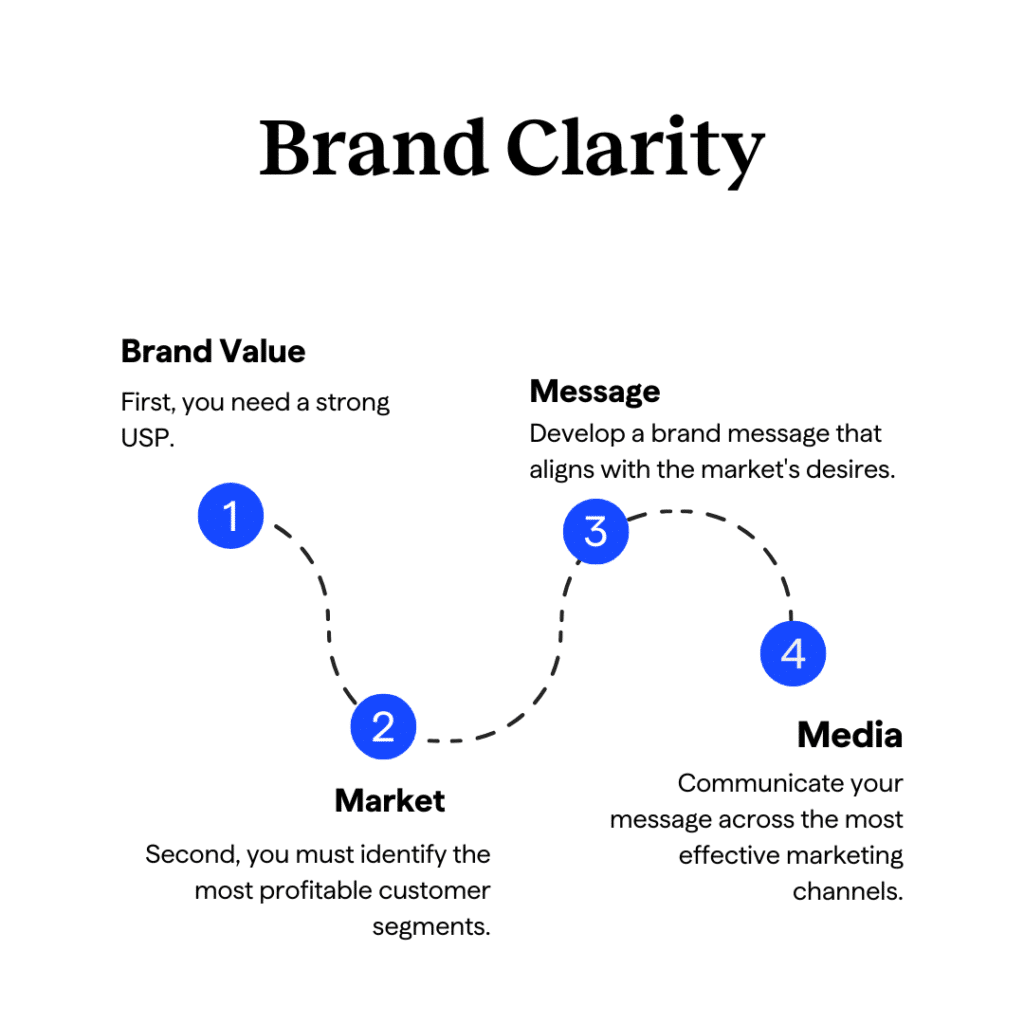
Core pillars of effective brand awareness strategies
Before diving into tactics, let’s establish the strategic foundation for awareness.
The most underrated awareness driver is consistency. Unified messaging, visual identity, and customer experience build memory structures. Your brand should look, sound, and feel the same on LinkedIn, at a conference, in a Google search, or in a sales conversation.
Inconsistency undermines recognition and forces buyers to relearn your identity with every interaction. Organizations investing in brand strategy consulting ensure this consistency becomes systematic rather than accidental.
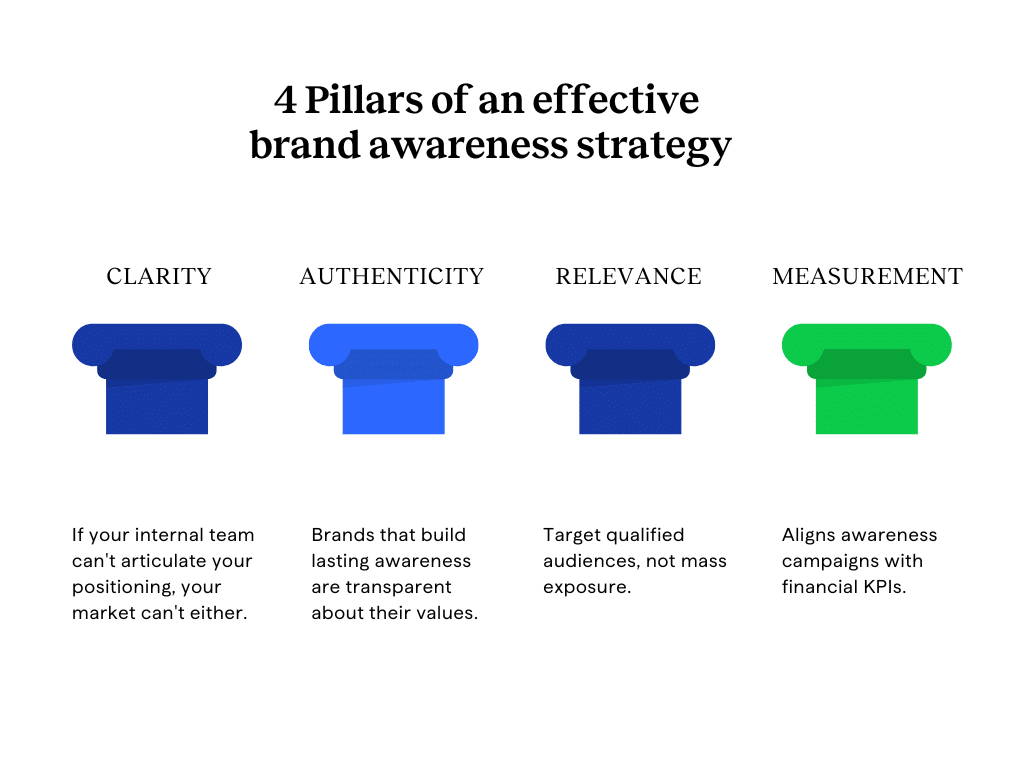
Clarity means everyone from your CEO to your newest sales rep can explain your brand in one sentence. If your internal team can’t articulate your positioning, your market can’t. Confusion kills awareness faster than budget issues.
Authenticity builds trust. Buyers can spot manufactured corporate-speak. Brands that build lasting awareness are transparent about their values, honest about their limitations, and consistent in delivering on promises.
Patagonia integrates its environmental activism into everything they do, making their awareness authentic and defensible.
Relevance targets qualified audiences, not mass exposure. A million impressions in the wrong market won’t advance your business. Ten thousand impressions in your ideal customer profile will.
Effective brand awareness strategies prioritize depth in the right audiences.
Measurement aligns awareness campaigns with financial KPIs. You can’t improve what you don’t measure, and you can’t justify investment without demonstrating return. The best awareness strategies include clear metrics that connect visibility to business impact.
With these pillars in place, awareness becomes a strategic capability, not just a budget line item.
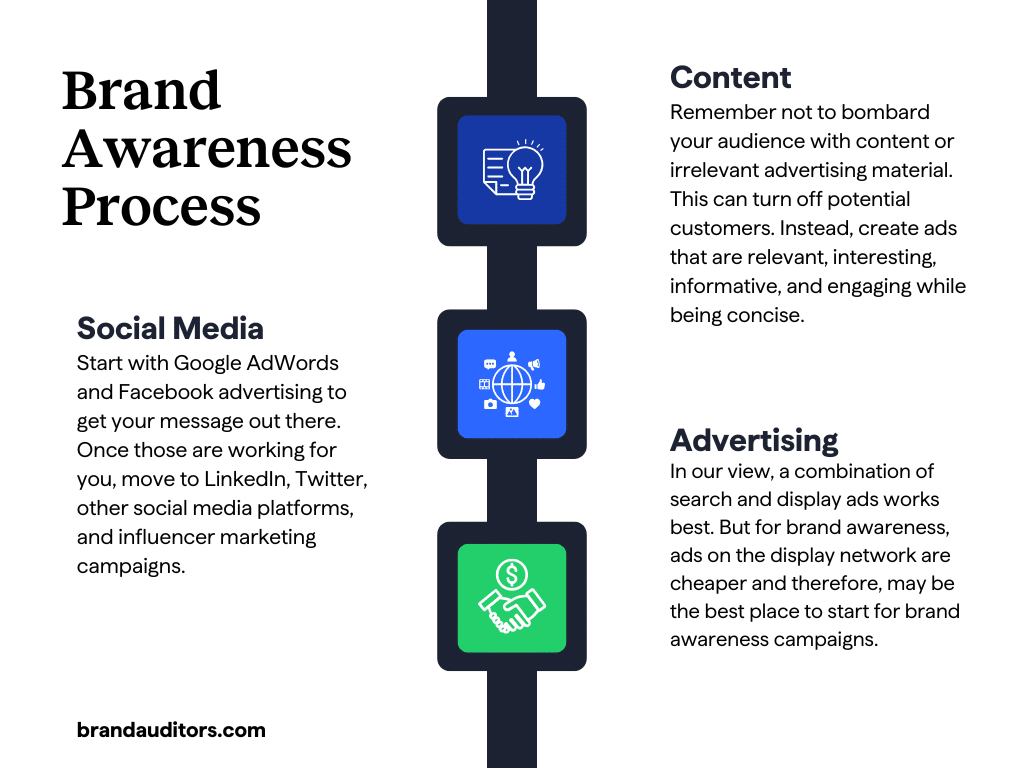
How to build brand awareness that drives business results
Let’s explore the approaches that turn awareness into growth. Each strategy works because it connects visibility to trust, trust to consideration, and consideration to revenue-generating actions.
Build a strong and consistent brand identity
Every touchpoint should reinforce the same visual and verbal cues.
The orange color scheme and “Grow Better” tagline of HubSpot are everywhere: the website, product interface, conference booths, email signatures, and social media. This consistency creates instant recognition and reduces the mental effort for buyers to identify and remember the brand.
Use thought leadership to command authority
Publishing insights that eliminate market confusion positions your brand as a trusted guide.
When your executives write LinkedIn articles that help buyers navigate decisions, your team hosts webinars that teach rather than sell, and your content answers prospects’ questions, you’re building high-quality awareness that attracts the right audience.
Thought leadership creates awareness among buyers. This is powerful for enterprise sales where decision-makers research extensively before engaging vendors.
Tell compelling stories that sell trust
Storytelling simplifies complex ideas and makes your brand memorable. Instead of leading with product features, frame customer success stories as transformation narratives.
Use the classic story structure: a hero (your customer) faces a challenge, encounters your solution, experiences transformation, and achieves a measurable outcome. Stories create emotional responses that a list of features won’t. Emotional resonance drives awareness that sticks.
Amplify through omnichannel visibility
Integrated visibility ensures buyers see consistent messages across channels. You don’t have to be everywhere, but be present where your ideal customers are.
For business-to-business (B2B) brands, this includes LinkedIn, industry publications, search engines, podcasts, and targeted conferences. For direct-to-consumer (D2C), research your market to find where your profitable customers spend their time, then promote on those channels.
Coordinated marketing strategies are key. Your paid advertising, organic content, PR efforts, and event presence should reinforce each other rather than compete for attention.
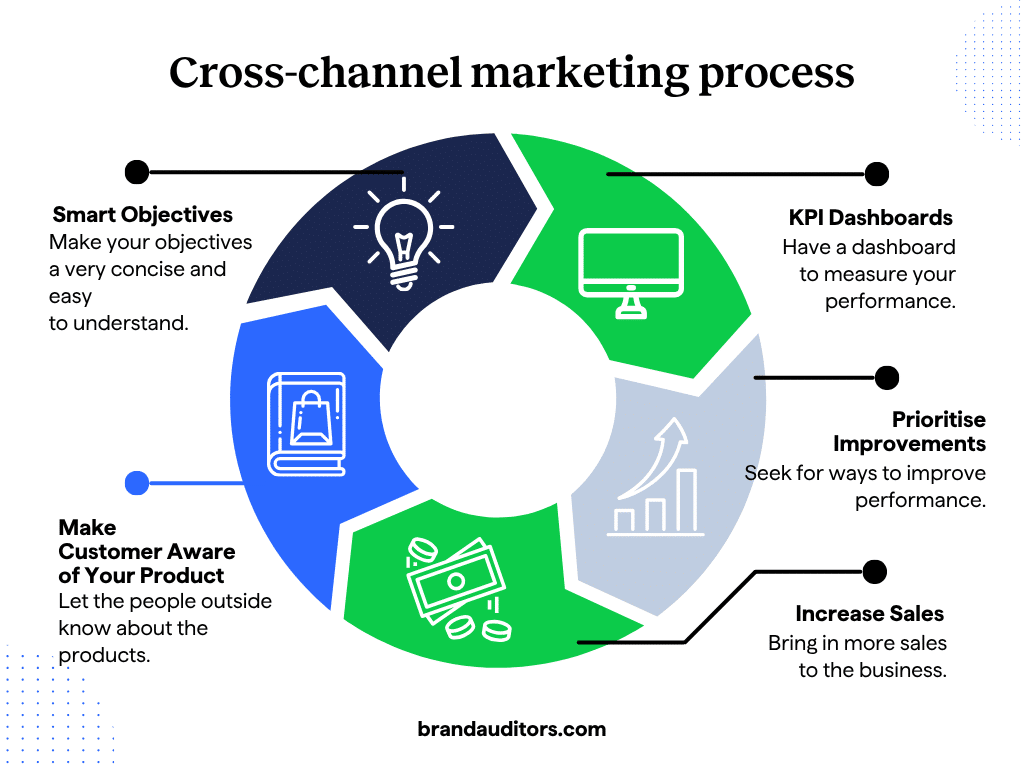
Leverage influencer and partnership marketing
Collaborating with aligned brands, industry associations, or respected experts accelerates awareness by borrowing credibility. Co-creating content with a trusted partner allows you to inherit some of that trust. Partnership marketing is a credibility shortcut to reach qualified audiences faster than building awareness from scratch.
Turn employees into brand advocates
Employees are powerful brand amplifiers. Research from MSL Group shows that brand messages shared by employees generate 561% more reach than identical content distributed through corporate channels. This underscores the strategic value of employee advocacy in expanding brand visibility, enhancing trust, and driving engagement through authentic, peer-driven networks.
Your team members have networks filled with potential buyers, partners, and talent. When employees authentically share company content, comment on industry trends, and represent your brand values in their own voice, they multiply your awareness efforts without additional ad spend.
The key word is “authentic.” Forced advocacy programs designed to sell a product or service backfire. Train your team, provide great content, and let them represent the brand naturally.
Invest in purpose-driven campaigns
Accenture research found that brands with a clear purpose grow three times faster than those without.
Awareness campaigns linked to meaningful initiatives resonate more deeply because they signal values beyond profit. This strategy connects your brand to causes that align with your mission and matter to your customers. When done authentically, purpose-driven awareness creates emotional connection that transactional messaging never achieves.
Social media tactics for growth and awareness
Social platforms offer unprecedented access to target audiences. Most brands waste the opportunity with an inconsistent presence or overly promotional content.
Optimize your social profiles with clear brand messaging, maintain consistent visual identity, and focus on engagement over broadcasting. User-generated content amplifies awareness organically. To curate this content, encourage customers to share their experiences in social media posts and make it easy for them to tag your brand.
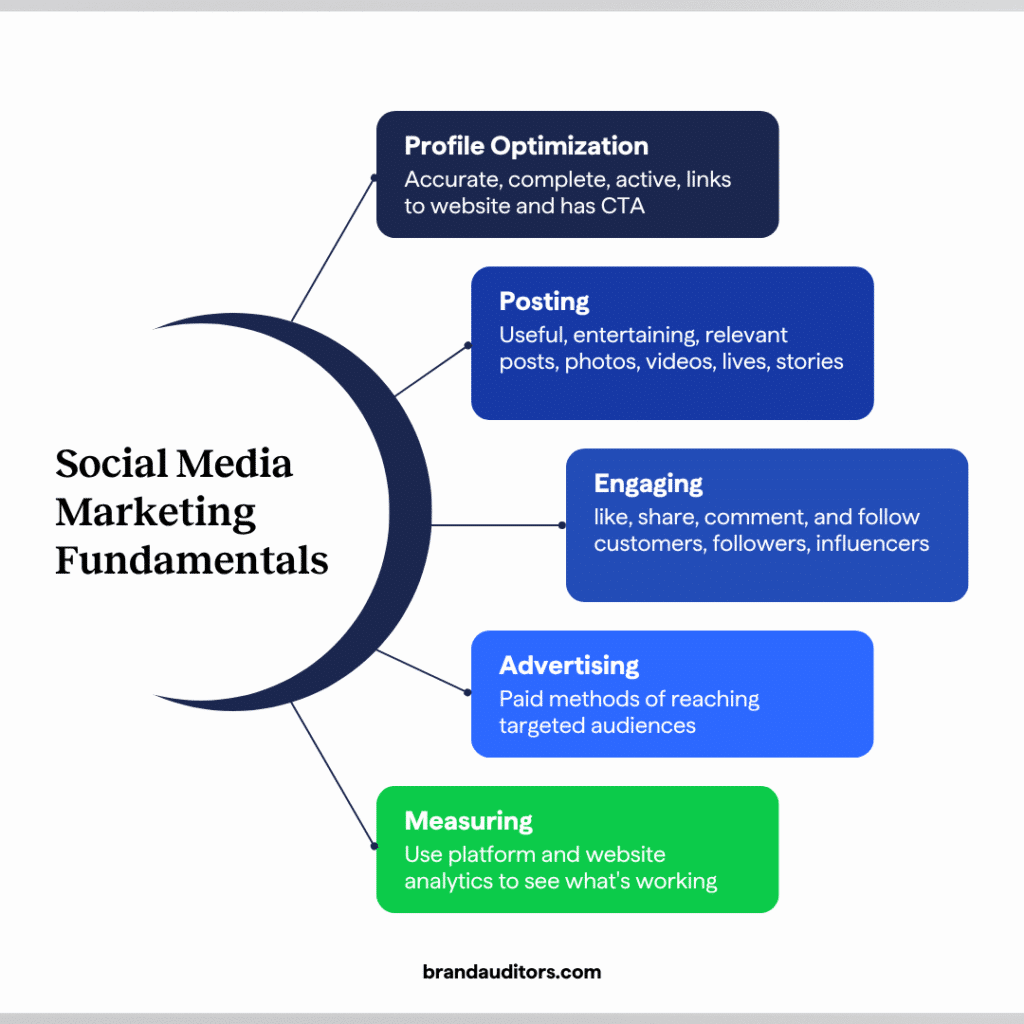
Smart advertising campaigns
Strategic paid advertising accelerates awareness with the right objectives.
According to “The Long and the Short of It” (mentioned at the beginning of this post), Binet and Field recommend allocating 60% of media spend to long-term brand building and 40% to short-term activation. This balance delivers optimal long-term growth by combining emotional brand storytelling with rational sales-driven messaging.
The rule is based on extensive analysis of the IPA Databank, which tracks marketing effectiveness across industries and campaigns.
Repurpose and reinforce high-performing content
Extend your best content by adapting it across formats and channels.
Convert a webinar into short LinkedIn video clips. Summarize key insights into a blog post. Turn data points into infographics and package the content as a downloadable guide.
Repurposing builds omnipresence without the cost of creating new content. Repetition doesn’t bore your audience.
Research suggests individuals need to encounter a message 7-10 times before it resonates, but in today’s saturated media environment, 10–26 exposures may be more realistic. Consistent reinforcement is how awareness compounds.
Technology builds visibility. Humanity builds trust.
How to connect brand awareness to pipeline growth
Here’s where awareness becomes quantifiable. Strong recognition increases brand search volume, driving higher-intent inbound traffic. When prospects search for your brand name, it shows they’re interested and just need validation to move forward.
Your job is to validate them.
Familiarity reduces buyer hesitation in the sales process. When your sales team contacts accounts that recognize your brand, the conversations are easier. Close rates improve and deal cycles shorten because you’re not fighting the credibility and value proposition battles.
Prove the connection by tracking the path from awareness to pipeline. Tag leads by source, noting which came through branded search, direct traffic, or referrals. Monitor how these awareness-driven leads convert compared to cold outbound.
Increase brand awareness to strengthen pricing power
Awareness shows up on your profit and loss statement. High-awareness brands face lower price elasticity. They can maintain pricing, even as competitors discount, because buyers perceive the familiar brand as the lower risk option.
Consider your personal purchasing decisions. You usually choose the recognizable product, even if it costs slightly more, when given two similar products.
That’s not irrational. You’re using brand awareness as a heuristic for quality and reliability. Your buyers do the same. Perceived familiarity reduces perceived risk, increasing willingness to pay.
According to Keller’s Customer-Based Brand Equity (CBBE) model, brand awareness forms the foundation of the equity pyramid driving pricing power. Organizations can quantify this through brand equity valuation methodologies that translate awareness metrics into financial premiums.
Pricing power matters most during market downturns. When budgets tighten and buyers become cautious, weak brands get commoditized, forced to compete on price. Strong awareness brands maintain margins because buyers perceive differentiated value. The awareness built during good times protects profitability during challenges.
Measuring brand awareness strategies with business impact in mind
You can’t manage what you don’t measure, and executive buy-in requires proving ROI. Here’s how to measure your brand awareness strategies through a business lens.
Leading indicators signal awareness growth. Share of voice measures your visibility compared to competitors across media, social, and search. Branded search volume tracks how many people look for you. Social mention volume and reach indicate market conversation. These metrics predict future business impact.
Lagging indicators show business outcomes. Pipeline lift, conversion rate improvements, and lower customer acquisition costs demonstrate that awareness has translated into revenue. Direct traffic growth shows buyers coming straight to you without search. Net Promoter Score and customer lifetime value reflect the long-term equity built through sustained awareness.
Qualitative indicators add context. Brand recall studies survey your target market to see how many can name your brand unprompted. Sentiment analysis reveals whether awareness is positive, negative, or neutral. Social listening tools capture what people say about you when they think you’re not listening, often more honest than direct surveys.
Tools like Brandwatch, Sprinklr, and Meltwater automate monitoring indicators. Google Analytics 4 tracks branded search and direct traffic. Brand lift surveys on LinkedIn or Google Ads measure awareness changes pre- and post-campaign.
A comprehensive brand audit service establishes baseline metrics and identifies growth opportunities.
The sophisticated approach is building a model showing correlation between awareness metrics and revenue outcomes. When you demonstrate that a 10% increase in share of voice correlates with a 5% increase in inbound pipeline, you’ve translated awareness into language the C-suite understands.
Brand awareness isn’t soft marketing; it’s measurable equity.
Brand awareness examples: Real-world successes
Yeti shows how niche brands can achieve premium pricing through focused brand awareness strategies and market positioning. The premium cooler and drinkware company built recognition among outdoor enthusiasts, especially hunters, anglers, and adventurers, by consistently appearing at fishing tournaments, hunting expos, and specialty outdoor retail channels. This grassroots approach helped Yeti transform generic products into aspirational lifestyle gear.

As the brand expanded into ranching, tailgating, and suburban outdoor living, it maintained its premium positioning. Yeti coolers like the Tundra and Roadie models retail for $300–$450, while competitors offer similar-sized coolers for $50–$150. Despite the price gap, Yeti’s reputation for durability, ice retention, and brand prestige allows it to command loyalty and justify the premium.
While formal waiting lists are rare, high seasonal demand and limited product drops have caused stockouts and scarcity. This has reinforced the brand’s exclusivity.
What Yeti proves: global recognition isn’t required to capture pricing power. Deep, targeted awareness in high-value communities can elevate a brand from commodity to icon.
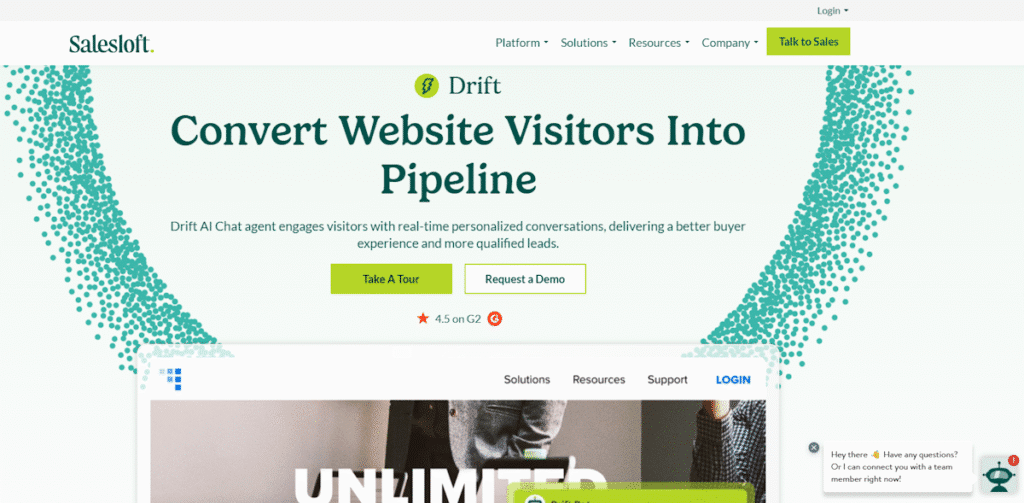
Drift used category creation and executive-led thought leadership as brand awareness strategies to accelerate growth in the business-to-business (B2B) software market.
Drift introduced a new category called “conversational marketing.” The brand focused on real-time engagement through chatbots and messaging, positioning themselves as the pioneer in the category.
The company increased its visibility through aggressive content marketing, the Seeking Wisdom podcast hosted by co-founders David Cancel and Dave Gerhardt, and consistent thought leadership across social media and industry events. This strategy helped Drift build deep awareness among B2B marketers and sales teams, translating into rapid pipeline growth.
Drift attracted attention for its innovative approach and was backed by venture capital from firms like Sequoia Capital. In 2021, Drift received a majority growth investment from Vista Equity Partners, marking a pivotal moment in its scale-up journey. Described as an acquisition, the deal was structured to support Drift’s continued expansion rather than a full buyout.
The takeaway: In crowded markets, creating a new category and elevating executive voices drives awareness and differentiation faster than traditional advertising, especially with a clear value proposition and community-building content.
Common mistakes that kill awareness ROI
Even well-funded awareness programs fail when they fall into these traps.
Confusing reach with relevance.
A million impressions in the wrong audience won’t move your business forward. Effective brand awareness strategies prioritize depth in target accounts over breadth across everyone. Quality of attention matters more than quantity.
Inconsistent brand voice across channels.
When your website sounds corporate, your social media tries to be funny, your sales team uses different positioning, and your product experience feels disconnected, you’re not building awareness; you’re creating confusion. Consistency compounds recognition. Inconsistency dilutes it.
Delegating brand awareness to marketing without executive ownership.
Brand building requires vision and clarity from executive leadership. When the C-suite treats awareness as a marketing responsibility and not a strategic priority, the brand’s awareness campaigns fail.
Ignoring employee alignment.
Your team encounters more potential buyers than your marketing. If employees don’t understand or believe in your brand positioning, they can’t authentically represent it. Internal alignment is foundational to external awareness.
Stopping measurement at vanity metrics.
Impressions and reach indicate exposure, not impact. If you’re not connecting awareness metrics to pipeline, pricing, and profitability, you can’t demonstrate ROI or optimize your approach. Measure what matters to the business, not just what’s easy to track.
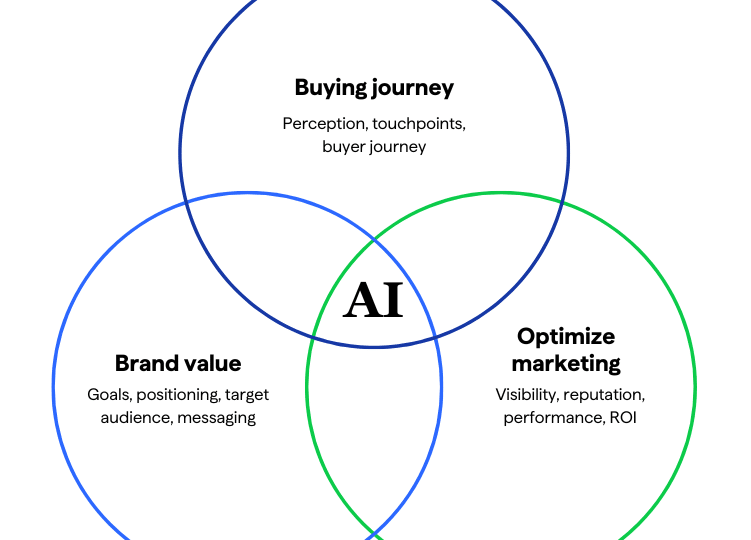
The future of brand awareness: AI, data, and human connection
The role of artifical intelligence (AI) in brand awareness strategies is rapidly growing. Most organizations feel pressure to adopt AI—from board demands to competitor claims, many struggle to implement it effectively.
For brand awareness campaigns, AI excels at identifying resonant messages for audience segments, predicting strong engagement channels, and surfacing early signals of shifting brand perception.
But the creative execution—the storytelling, visual identity, and brand voice—requires human authenticity. AI can tell you what to say and where to say it, but it can’t make people care. That’s on you.
Brands winning with AI in awareness aren’t using the most sophisticated technology. They’re using AI for practical intelligence gathering while keeping human creativity and authenticity at the center of their brand building. Technology builds visibility, but humanity builds trust.
Brands that invest in awareness systems today win tomorrow.
Awareness is the new competitive moat
Brand awareness strategies are an asset that drives measurable business outcomes, including shorter sales cycles, higher close rates, premium pricing, margin protection, and increased enterprise value.
Tomorrow’s market-winning brands are investing in awareness systems today. They are investing in sustainable programs that build recognition and trust over time.
Most organizations have unrealized growth potential because their market doesn’t know, trust, or consider them during buying decisions.
If your brand’s awareness isn’t generating measurable business results, it’s not strategy.
The good news is that awareness is completely within your control. You can build, measure, and connect it to the financial outcomes your business leaders expect.
Start with a brand awareness audit to identify lost growth potential.
Frequently asked questions
Ready to learn more?
Connect with a strategist for a no-obligation session designed to pinpoint your brand's biggest opportunities and get a clear path to successful outcomes.

POST AUTHOR
Core services
Digital marketing
audit services
Discover how to improve marketing campaigns, strengthen the impact of every customer touchpoint, and focus resources on the actions that generate more revenue.
Customer experience strategy consulting
Turn raw customer data into audience personas and laser-focused messaging.

